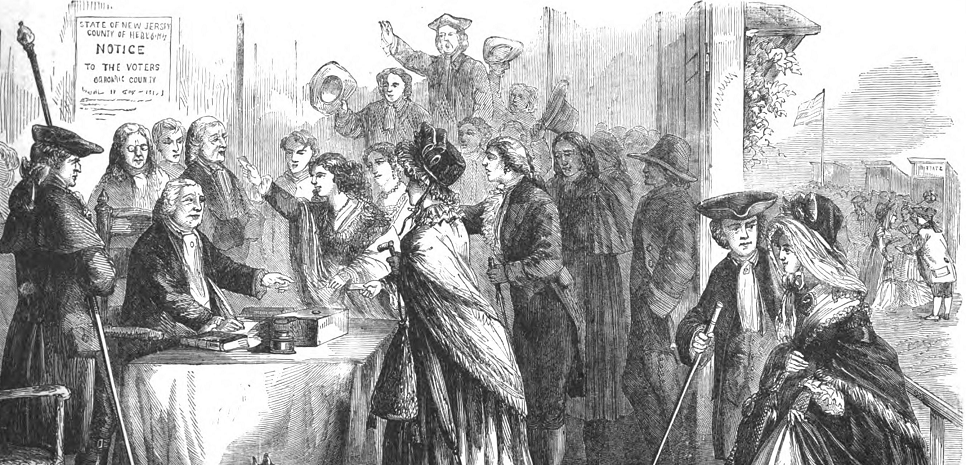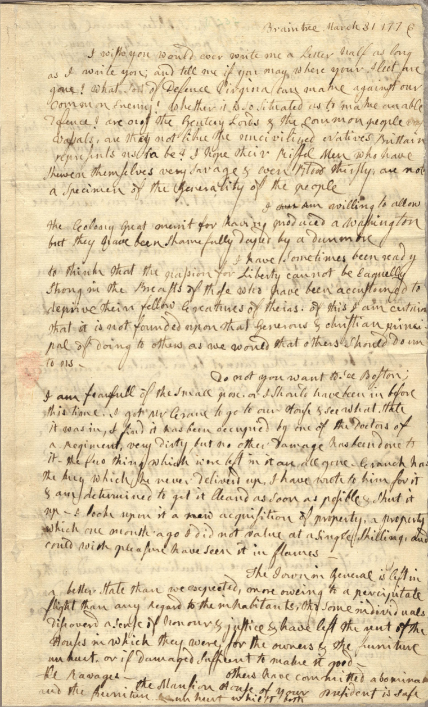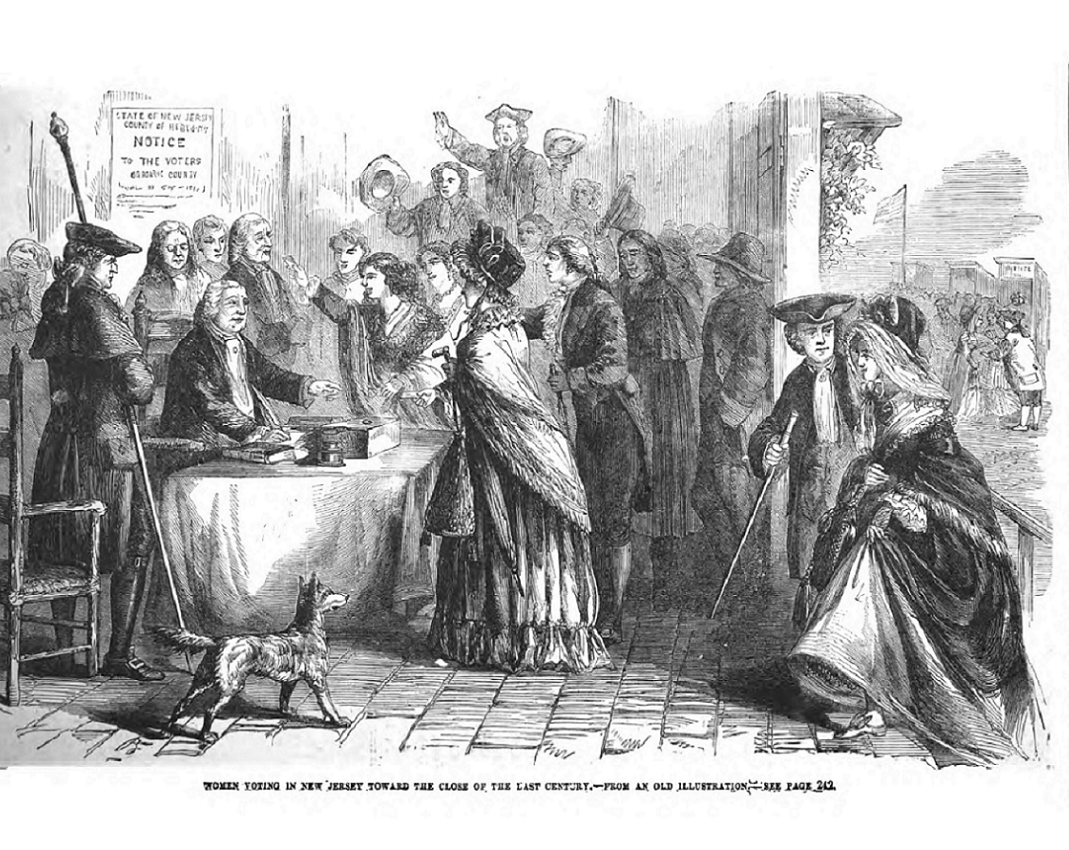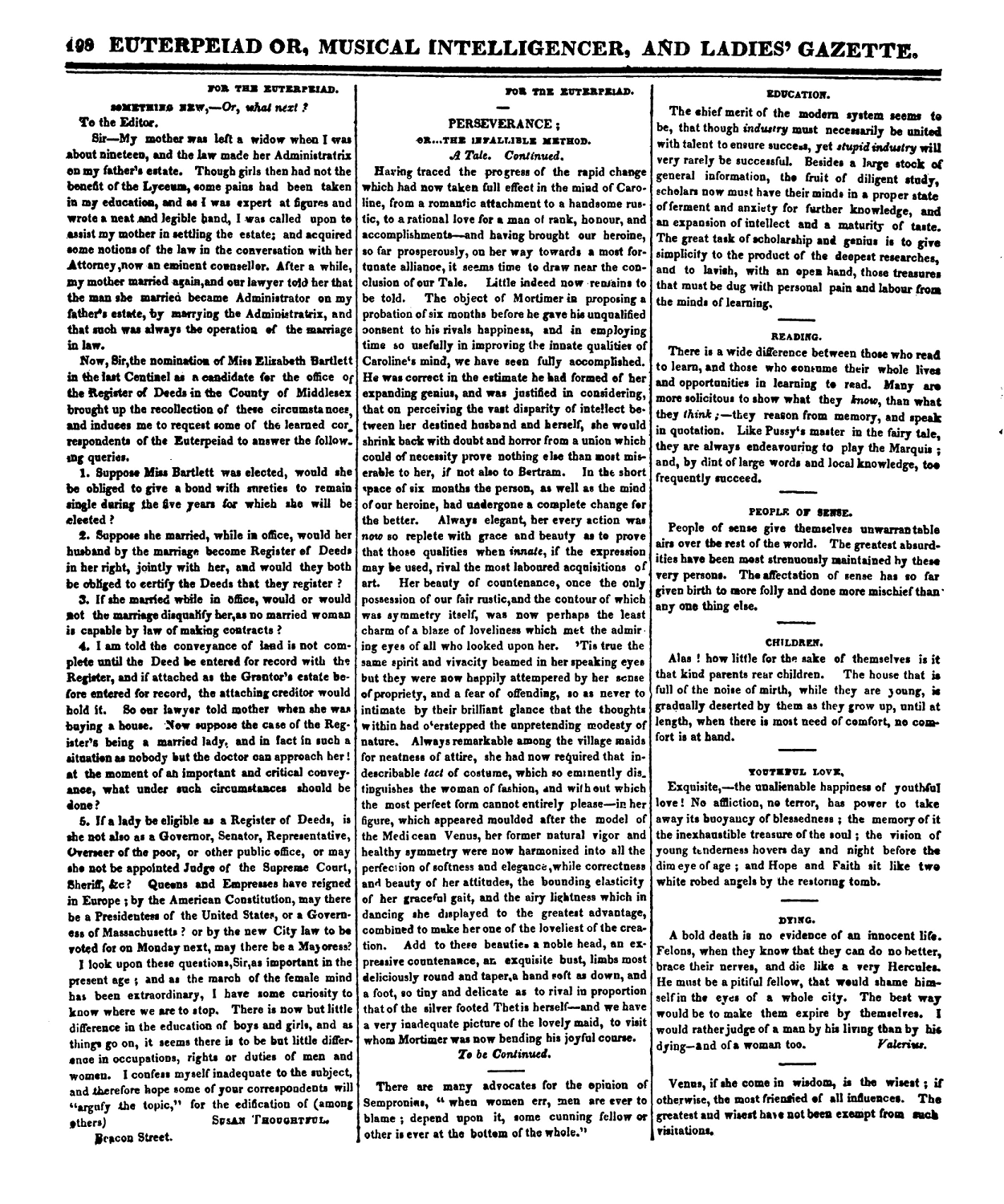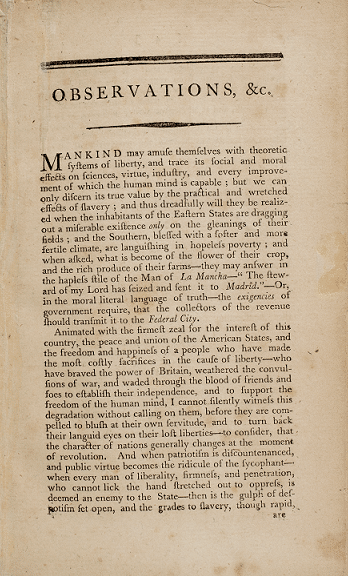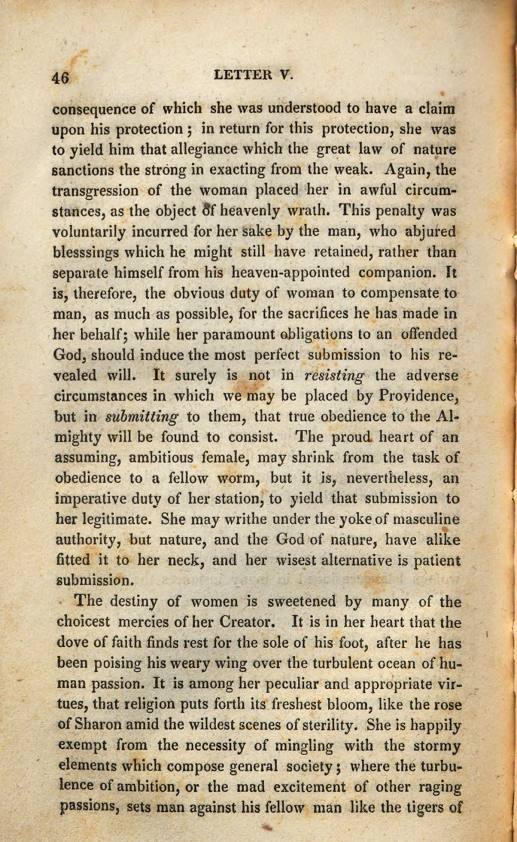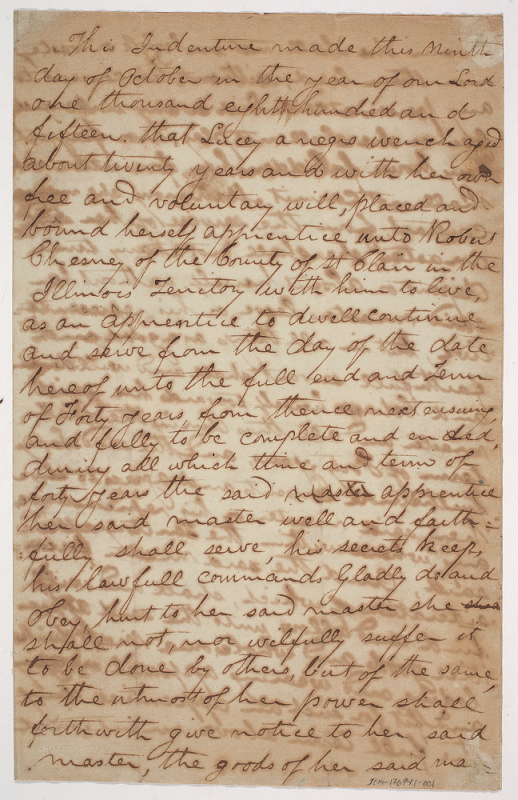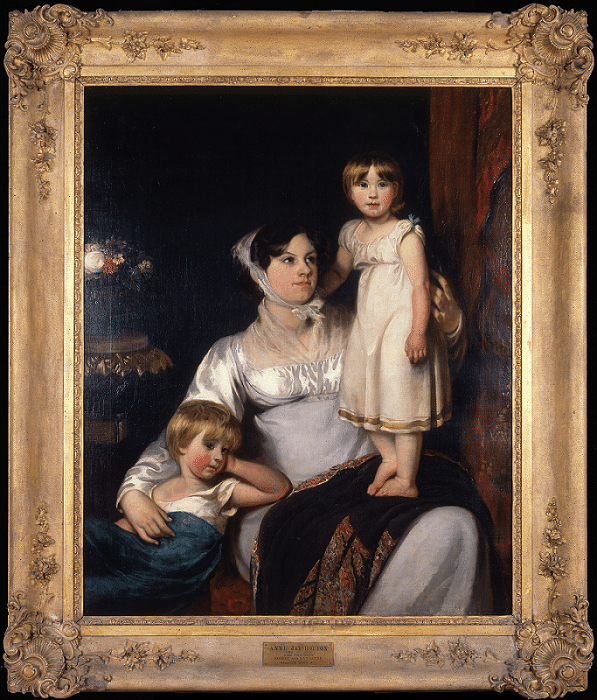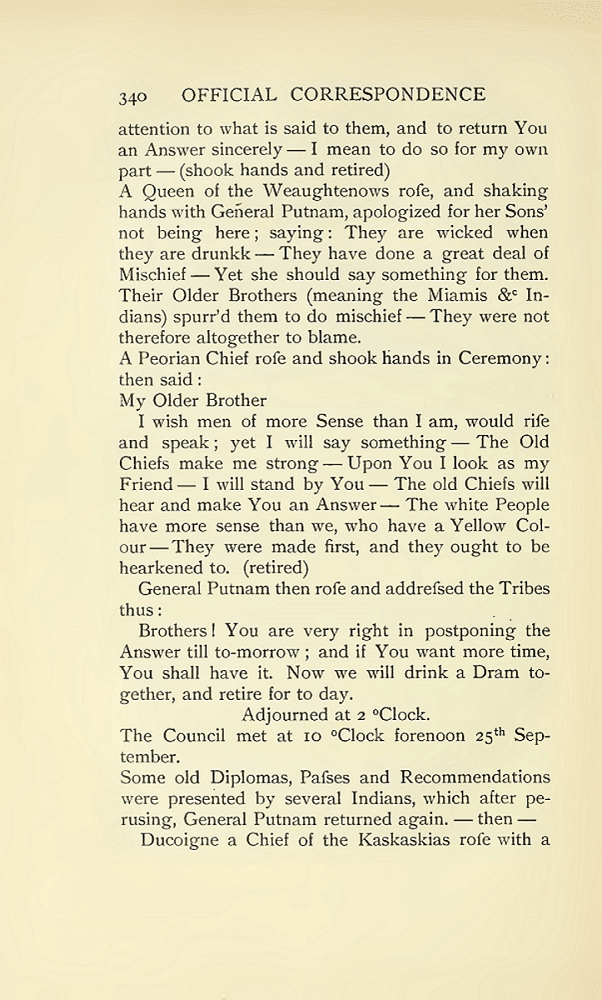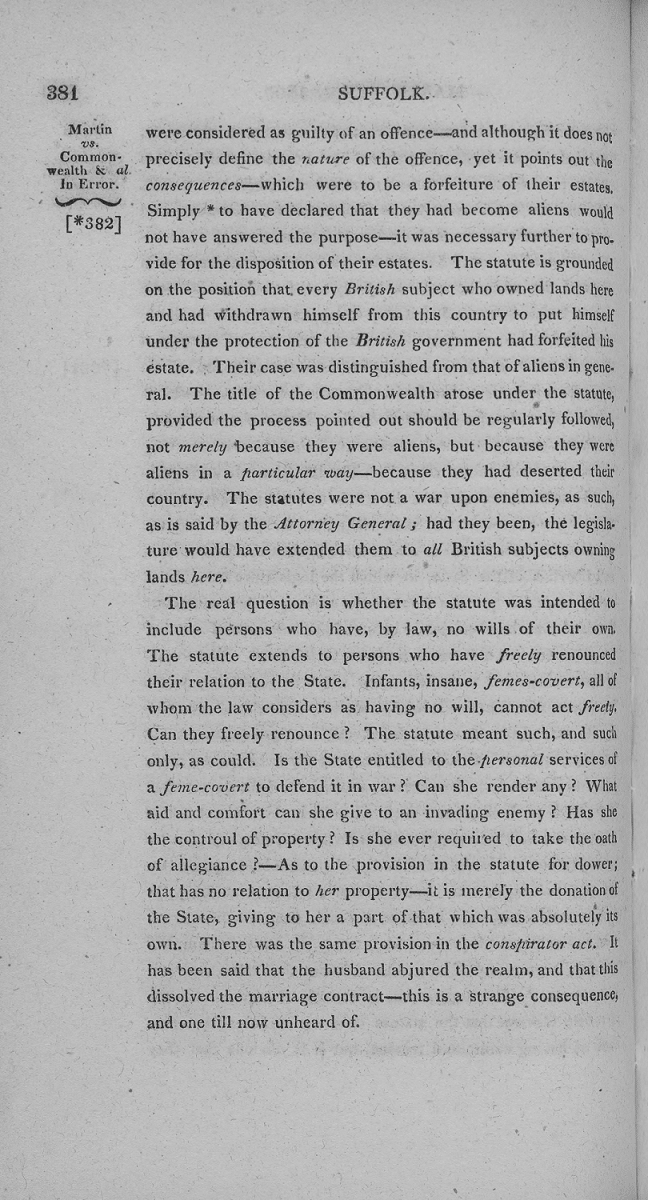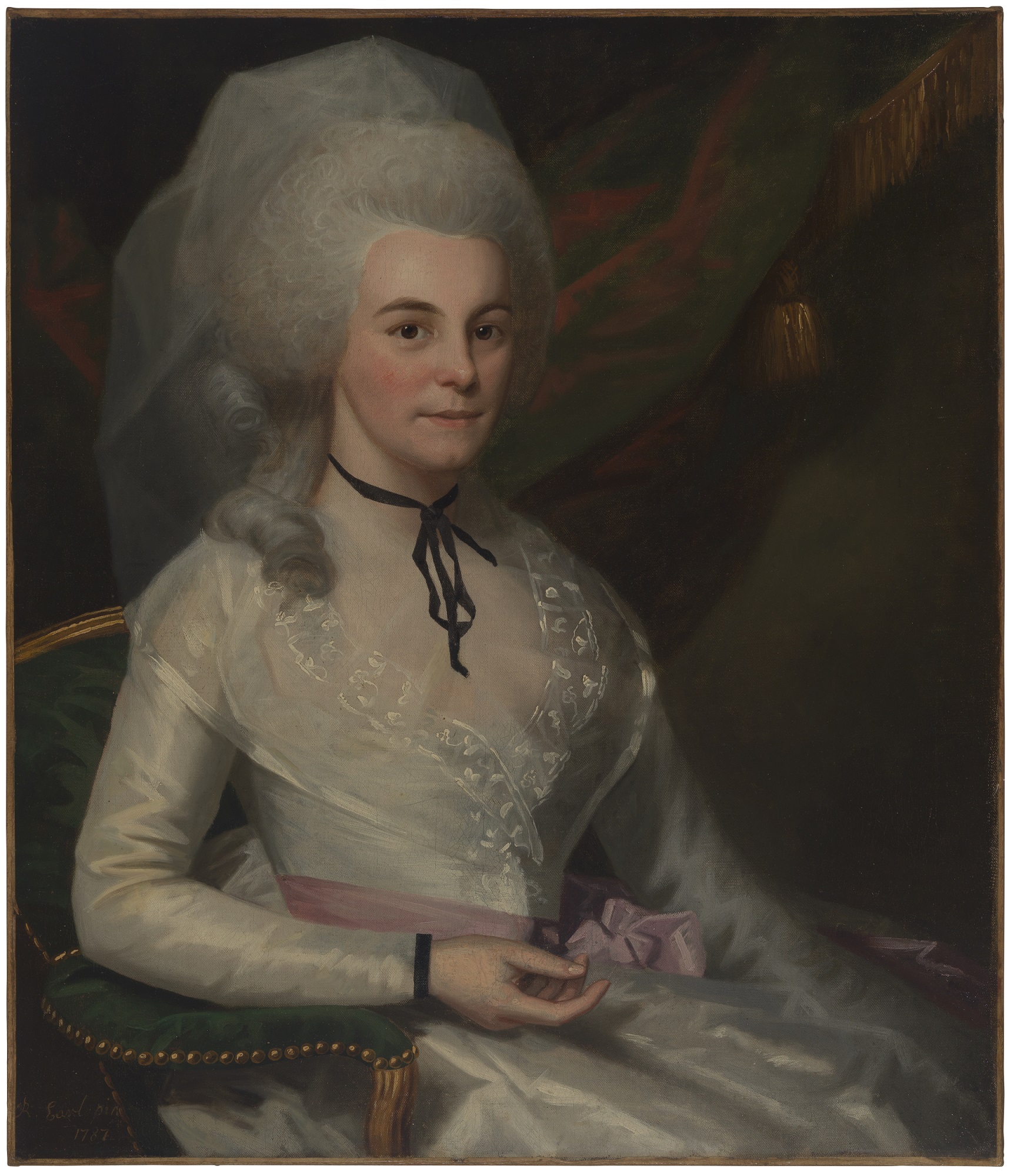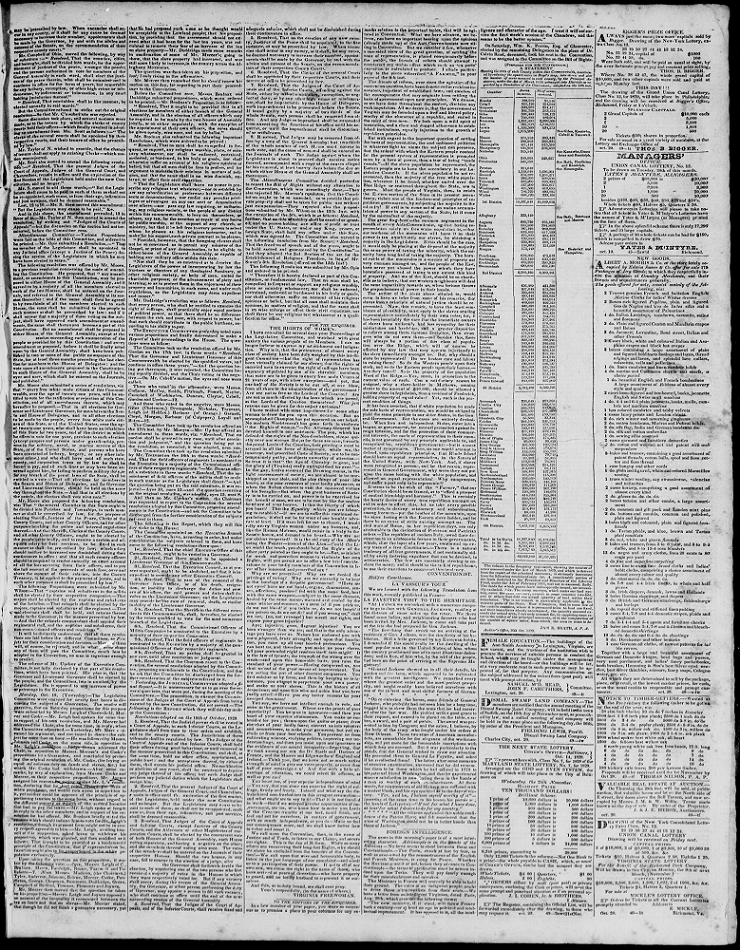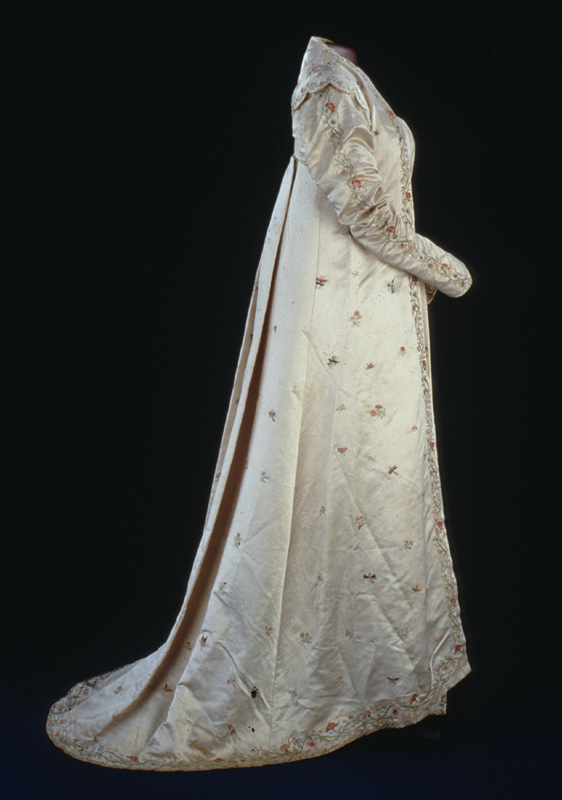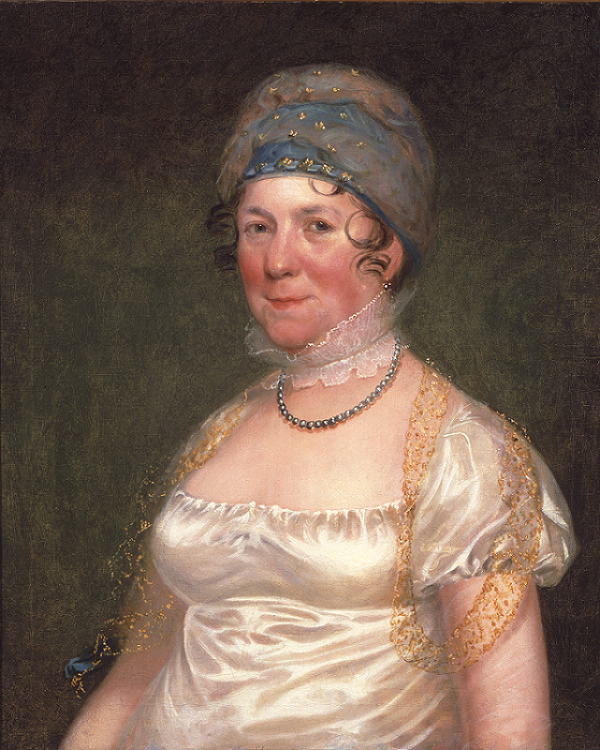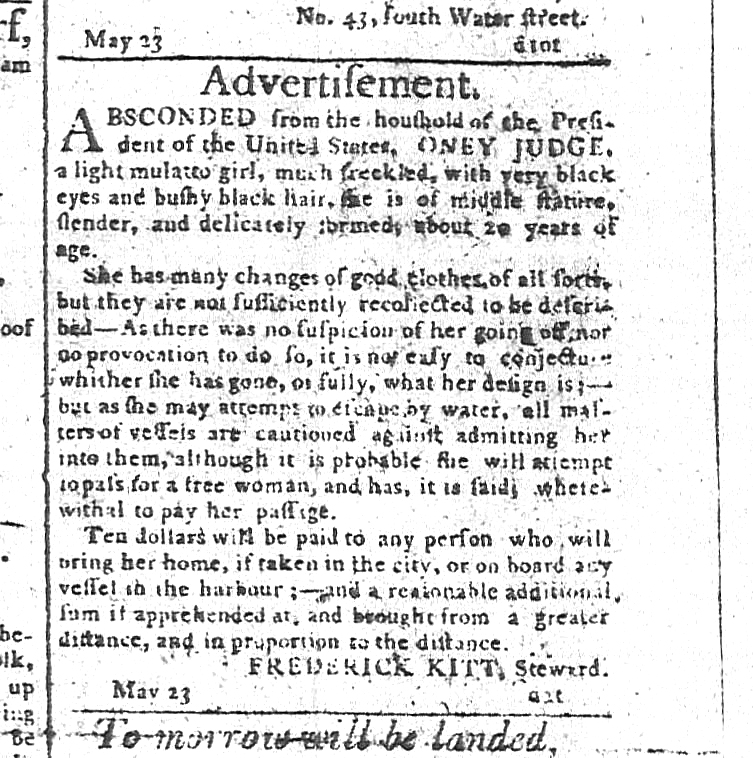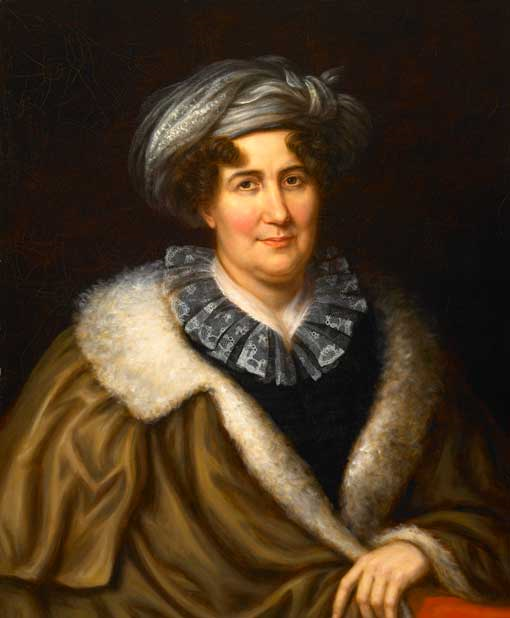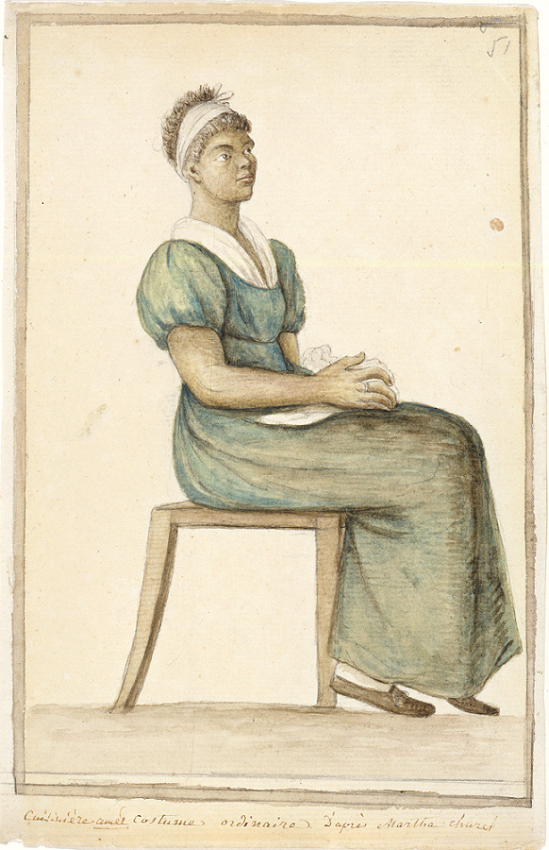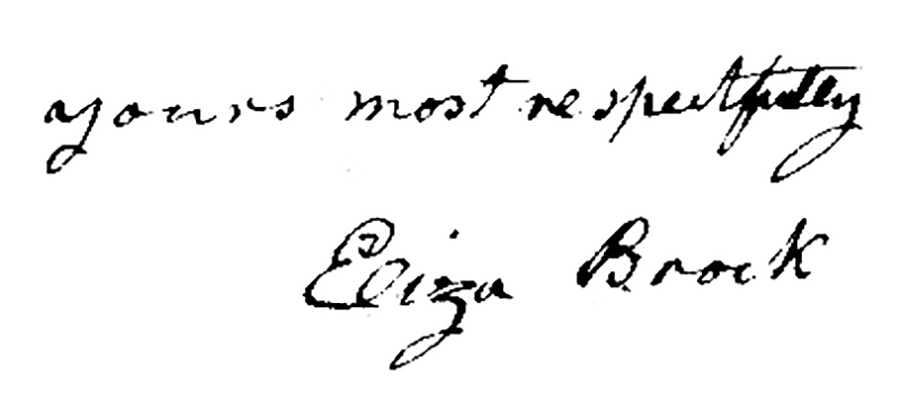Key Ideas
- The U.S. government formed in the early Federal period deliberately excluded women.
- Women were divided over the question of whether they should be able to play an active role in government.
- Women found meaningful ways to influence U.S. society and government without the full rights of citizenship.
Introduction
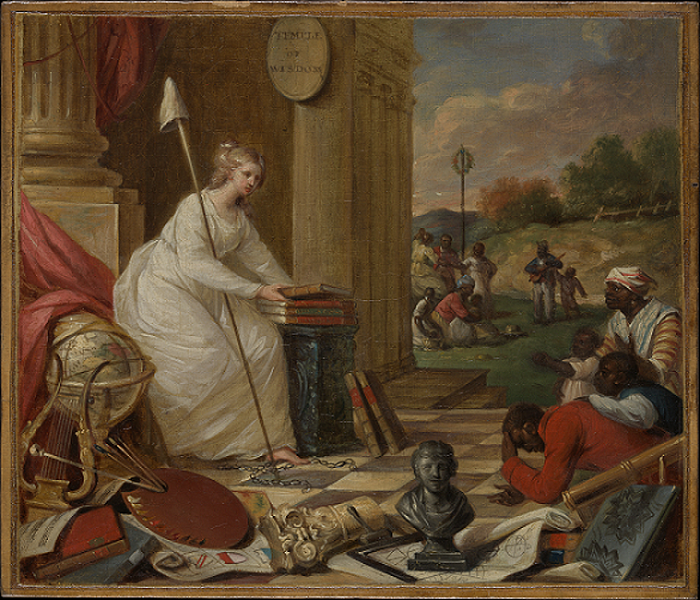
Samuel Jennings (artist), Study For Liberty Displaying the Arts and Sciences, or The Genius of America Encouraging the Emancipation of the Blacks, ca. 1791-92. Metropolitan Museum of Art, Purchase, Karen Buchwald Wright Gift, 2016.
Navigating the New Government
As early as 1776, women were asking for improved rights under the new U.S. government. When the new Constitution of the United States of America was ratified in 1788, there were still many unanswered questions about what role women would play in the new nation.
Enlightenment thinkers like Judith Sargent Murray argued that women and men had an equal capacity for political engagement. Prominent women writers weighed in on the most pressing political issues of the day. The state of New Jersey even went so far as to reaffirm women’s right to vote.
But this liberality sparked alarm in those who felt the public sector was not an appropriate arena for women. Courts ruled that women were subordinate to their husbands in all public matters. Over time, the idea that women were somehow fundamentally different from men became the basis for limiting women’s role in the new government, and the idea of Republican motherhood emerged as a new, safer way for women to support the growth of the new nation. Women like Dolley Madison and Margaret Bayard Smith publicly led lives that upheld these ideals, while privately suffering under restraints that could cause real harm in their daily lives. Women found socially acceptable ways to express their political opinions and formed benevolent societies that would allow them to shape American society without voting rights. Even still, women of the middle and lower classes faced dire consequences if they found themselves without a male relative to represent them in the world. And as voting rights were expanded to white men of all social classes, some women came to resent their exclusion from political power and wonder if the time had come to agitate for suffrage.
Of course, most of these debates over political rights considered only white women, who were held up as the ideal of womanhood by the national government. Indigenous women, many of whom came from communities with long traditions of women participating in governance, spent the early years of the new government trying to stop the U.S. government from seizing their lands. Most Black women faced enslavement in a nation that purported to uphold personal liberty as its highest ideal. Even as abolition spread slowly across the country, enslavers found loopholes that allowed them to continue to exploit the lives and labor of Black women without breaking the law. And the true stories of women like Oney Judge and Sukey force us to confront the fact that even the most revered founders of this country had no qualms about inflicting intolerable cruelties on the enslaved people they claimed to own.
Section Essential Questions
- What arguments did people have for and against women’s rights in this era?
- How did women influence government and politics without voting rights?
- How did race and class influence women’s experiences in this era?


